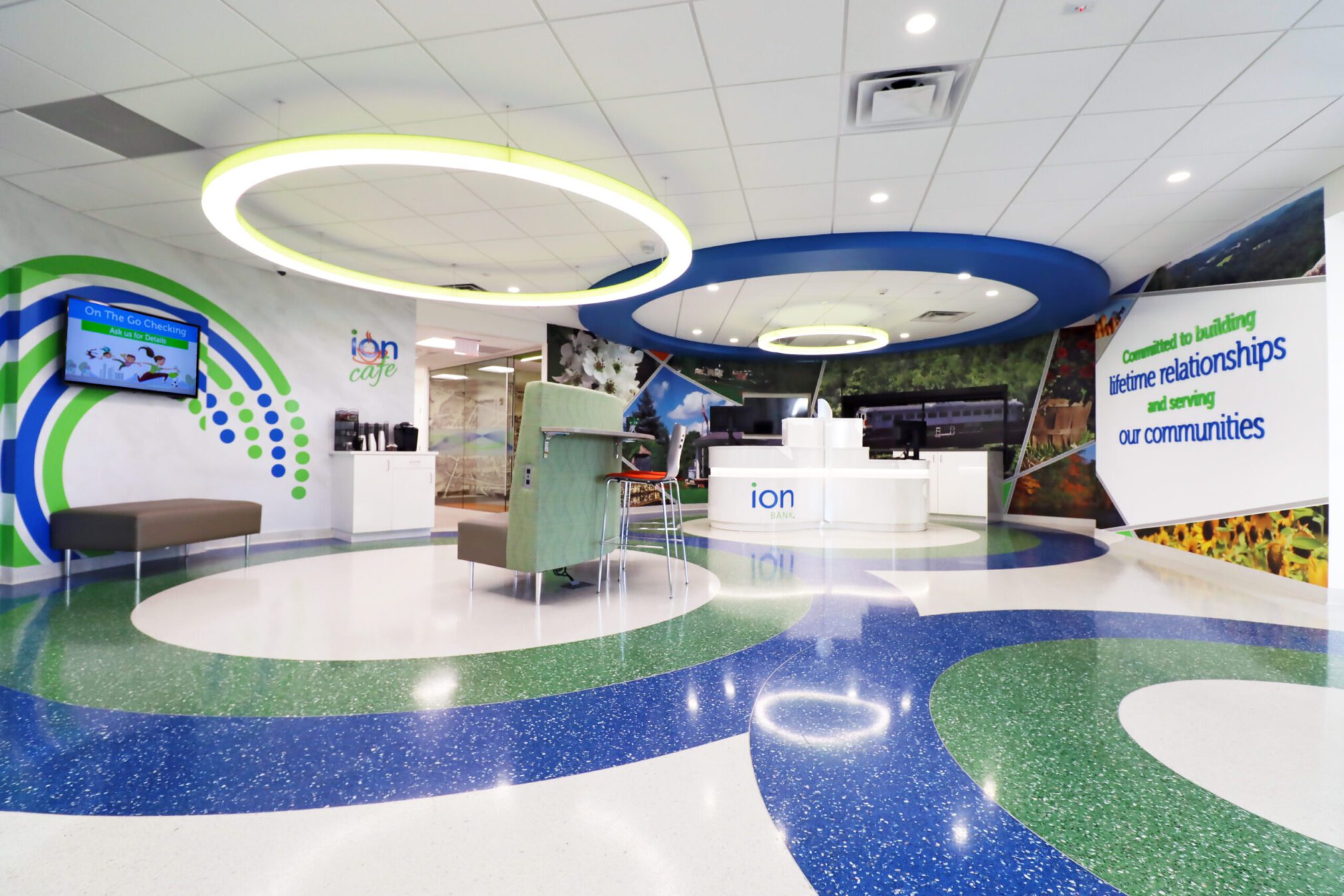
Have you assessed your branch network?
Today more than ever, financial institutions must regularly evaluate how they do business. Even with a drop in foot traffic, branches remain essential as they are the primary outlet for personal customer interactions—promoting brand loyalty through face-to-face interactions. The key lies in striking the right balance between digital innovation and a modernized banking experience to meet the diverse needs of customers. Financial Institutions have different generations to keep up with and decide which is more important to cater to.

How do you attract and retain them all? Is there a magic formula to follow? While we know physical branch locations are declining, we also know they still play a critical role in retaining existing customers and acquiring new ones.
JP Morgan Chase expects more deposit share growth as their branch plan assessment continues. “We continue to engage customers in their channel of choice,” said Jennifer Piepszak. “It’s not a binary choice between branch and digital. Most of our banking customers engage with both. 1 “Our branches serve as the storefront for JPMorgan Chase,” said Jennifer Roberts, the CEO of consumer banking.” 2
Unfortunately, not everyone can build new branches today. Between finding land in the ideal location, the right resources, and the cost of building materials escalating, you can find many reasons to hold off. But financial institutions can’t afford to forget about the customers they have now—they deserve your attention. Reinvesting in your branch network shows your employees and customers—both new and potential, that you are here to stay and want to earn their business.
Is it Time to Update?
When you walk into your branches, does it truly portray your brand identity and tell your story? Are you giving your branch staff the tools and space to interact, not just transact? The true definition of a transaction is ‘an exchange or transfer of goods, services, or funds’. How can financial institutions do more than just that? How do you educate your customers, guide them to make good decisions, and provide solutions so they come back to use more of your services and products?
Our answer is simple, you interact. But the question remains, are your branches equipped to provide an interactive, engaging environment?
Branch Transformation Strategy
Your branch transformation strategy involves reimagining and reshaping the traditional brick-and-mortar branches to meet customers’ needs in a digital age. It can be overwhelming to complete a branch transformation for just one location—let alone an entire branch network. Having a well-crafted strategy is crucial to guide you in making these critical decisions.
Understanding your Project Goals & Objectives
The renovation process should be tailored to meet the specific needs of your customers and your financial institution as a whole. Are you aiming to enhance the customer experience, modernize the branch design, improve the customer journey, or optimize operational efficiency?
No matter the extent of your renovation, whether it be a light cosmetic refresh or a complete transformation and remodel—a successful project begins with asking the right questions and listening carefully to the answers.
Here are just a few things to think about…
What are the key goals of your project and the reason you are choosing to remodel or build new? What are your greatest challenges?
Is Artificial Intelligence something you integrate today?
What sets you apart from your competitors? What are you best known for?
What are the top marketplace challenges you’re facing? What areas of opportunity do you see that this project may help you leverage?


Create a Customer-Centric Design
Consumers are driven by personal choices, and with so many options available, capturing their attention and promoting engagement is crucial. It’s important to consider all touchpoints customers experience during their branch visits—beyond just transactions. Redesigned branches should have a streamlined layout, digital and self-service tools for convenience, and space for private and personal interactions. And if you want to take your experience one step further, make their branch visit enjoyable and memorable—not just functional. Technology and digitization have undoubtedly given financial institutions an advantage in providing customers with the convenience they demand. But one of the many things we learned in 2020, there is still that need for human connection. And with people quickly heading in and out, first impressions are everything.
Brand Your Banking Journey
Your branch network is a physical extension of your brand and inherently provides endless opportunities to connect and engage with your customers on a deeper level. By incorporating custom design elements that represent who you are and what you stand for, your brand will come to life within your branches, telling your story. A successful branded environment will inspire and help customers feel connected while also empowering your employees—the true brand champions.

Looking Ahead
Future branches will use technology well, but they must also depend on human skills and expertise. For some, tellers have evolved into financial concierges stepping out from behind the teller lines to help customers with more than just transactions. People and technology need to learn how to work together as a team. Self-service will replace routine transactions allowing customer service representatives to provide personalized services to customers.
This is where financial institutions will differentiate themselves. It’s more important to deliver excellent customer service, personalized products, financial advice, and an exceptional branch experience to remain relevant and thrive.
1-2 JPMorgan Chase Defends Contrarian Branch Strategy as Deposit-Gathering Machine By Steve Cocheo, Senior Executive Editor at The Financial Brand
